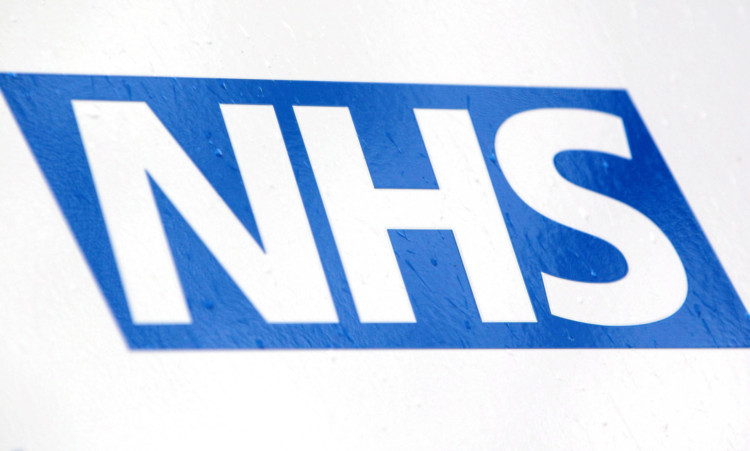
Disabled victims need lifelong care.
Blundering bosses have paid out a staggering £46 million in compensation after making deadly mistakes treating meningitis patients.
A Sunday Post investigation has revealed that, since 1998, the NHS Litigation Authority has been forced to pay damages to 140 patients following botched care and missed diagnoses.
And the true figure could soar to £90 million because the NHS has set aside an extra £30 million for victims who’ll require lifelong payments for specialist care.
On top of that it also has 34 claims which are ongoing.
Among the most shocking cases are children who have died after hospital medics failed to diagnose meningitis while in others victims have been left severely disabled and in need of lifelong care.
The news comes just days after the Medical Defence Union, which represents and insures GPs, revealed it had paid £28 million over the past four years for meningitis cases after doctors had failed to diagnose the condition or refer cases for specialist treatment.
Sir Tony Cunningham, Labour MP for Workington, uncovered the figures as he campaigns for a meningitis B vaccine to be made available in the UK.
Pharmaceutical firm Novartis, which makes Bexsero, claims it could protect against 73% of bacteria which causes meningitis B but the Joint Committee of Vaccination and Immunisation ruled it was not cost-effective.
Sir Tony, patron of the charity Meningitis Research Foundation, said: “The vaccine has been approved by Europe but has yet to be approved in this country.
“The Joint Committee’s answer is that it is not value for money.
“We’re trying to build up a case which can be presented to the Government to bring in this vaccine.
“It will protect something like 70% but will add to the range of measures which over time will mean it will make a huge impact on the number of people, particularly babies, who get meningitis.”
Sir Tony claimed medics and parents face a “nightmare” dealing with meningitis.
He added: “It is so difficult to diagnose and to deal with. It’s probably a parents’ worse fear because it kills in such a short period of time, within 24 hours.”
Chris Head, chief executive of the Meningitis Research Foundation, added: “We are paying out tens of millions of pounds to settle meningitis-related claims.
“If we were to have a vaccine that prevented these cases we would be offsetting against the cost of the vaccine.”
A Department of Health spokesperson said it had made “big progress” in the diagnosis and treatment of meningococcal disease. He added: “A vaccine against meningitis B was licensed in January but our independent group of vaccine experts found we lack important evidence.
“We need to know how well it will protect, how long it will protect and if it will stop the bacteria from spreading.
“We need to resolve these uncertainties so that we can come to a clear answer on whether introducing the vaccine would be an effective use of NHS resources.”
A spokesman for the NHS Litigation Authority said: “The 140 settled cases were reported to us by our members, who are primarily NHS trusts in England.
“The costs will include both payments of damages to compensate claimants as well as payments of legal costs.”
THE grandad of a boy who died of meningitis left 12 roses on his grave before setting himself on fire in an apparent grief-driven suicide.
Ronald Bamlett, 74, parked in Hutton Rudby, near Stokesley, North Yorkshire, last Tuesday, opposite the former home of his late grandson, William Cressey who died aged 10 in 2005.
It is believed he had doused himself in petrol in his car before taking his own life.
William died at Darlington Memorial Hospital after medics failed to diagnose meningitis and sent him home, despite mum Cheryl’s pleas.
She took him back to hospital the next day but he wasn’t given antibiotics until it was too late.
In 2010 Cheryl won a long battle for an apology and damages from the hospital. Mrs Cressey also lodged complaints against the clinical staff involved in William’s care.
In 2012 Dr Malik Alam was given a warning by the Medical Practitioners Service which will stay on his record for five years.
In July this year a Nursing and Midwifery Council tribunal cautioned one of William’s nurses, Christopher Kirby, for failing to monitor the youngster’s condition adequately.
But Mrs Cressey said her dad believed nobody would be held responsible for William’s death and his grief became too much to bear.
North Yorkshire Police continue to investigate William’s death.

Enjoy the convenience of having The Sunday Post delivered as a digital ePaper straight to your smartphone, tablet or computer.
Subscribe for only £5.49 a month and enjoy all the benefits of the printed paper as a digital replica.
Subscribe